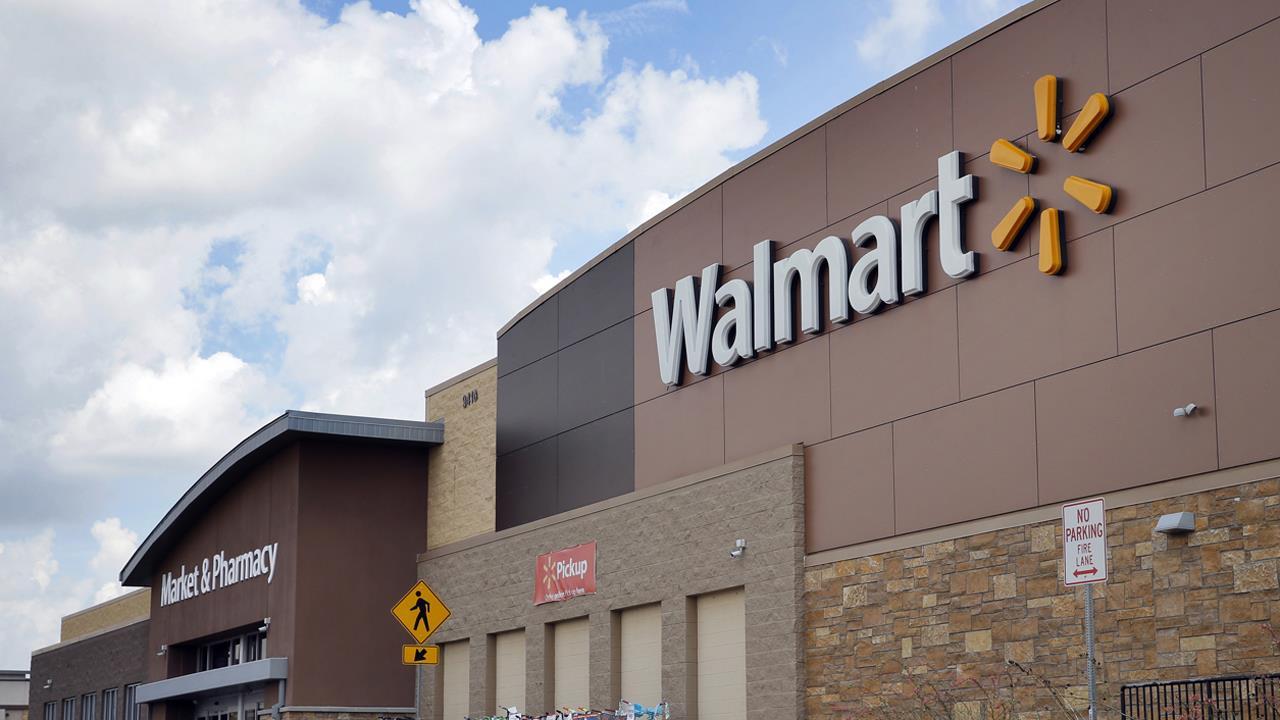Walmart wage hike may show wage pressures building for lowest paid
Walmart’s (NYSE:WMT) tit-for-tat minimum wage battle with Target (NYSE:TGT), ratcheting to $11 an hour for the least experienced workers with likely pressure to move higher, may signal broader gains to come for workers in a tightening U.S. labor market - a moment politicians and policymakers have been hoping for.
There are still problems, labor economists note, with overall wage gains weaker than would be expected with a 4.1 percent unemployment rate, comparatively large numbers of people in part time jobs, and millions of prime age adults between 25 and 54 years old not even looking for work.
But the Wal-Mart Stores Inc announcement, its third boost in entry level wages in as many years, is a possible sign wage pressure is building in general, as gains filter down to the lowest-paid jobs and the least-educated workers.
“This may be evidence that we are starting to see the wage acceleration,” that officials at organizations like the Federal Reserve have been anticipating as unemployment dropped to a 17 year low, said Jed Kolko, chief economist at the jobs website Indeed.
That, in turn, could boost U.S. economic growth overall and strengthen a U.S. inflation rate whose weakness has bedeviled the Fed for the last five years.
Kolko noted that while overall wage increases were modest last year at around 2.5 percent, data through November showed that workers with only a high school degree got average raises of 3.6 percent, while hourly rates for less well-paid positions rose 3.1 percent.
Wage increases at the lower end of the scale are typically a sign that labor markets are tight, said Elise Gould, a senior economist at the Economic Policy Institute.
“When you get low unemployment rates, that affects lower-wage workers the most,” Gould said. “Slack is diminishing.”
Whether slack is fully gone, however, is another question, and one which policymakers at the Federal Reserve and elsewhere are struggling to understand.
Along with the headline unemployment rate, a broader measure of joblessness that includes discouraged workers who have largely stopped job-hunting, as well as those only able to find part-time jobs, stood at 8.1 percent at the end of 2017. That is comparable to the hot economy years before the 2007 to 2009 economic crisis.
The Fed’s Beige Book research report in recent months has been filled with anecdotal stories, gathered by policymakers from the central bank’s 12 regional branches, of entrepreneurs struggling to fill positions and of wage pressures building.
Even at 2.5 percent, current wage growth is “likely to be greater than inflation, which means households would continue to enjoy gains in purchasing power,” Bernard Baumohl, chief global economist with the Economic Outlook Group, wrote in a recent analysis.
But the Fed isn’t claiming victory yet.
Job creation is expected to slow in coming months, as it inevitably does late in a recovery, with unemployment now well below the 4.6-percent level central bankers estimate the economy can sustain over the long run.
Yet, participation rates for prime-age workers remain around three percentage points below their late 1990s peak, translating into around 3 million 25- to 54-year-olds who could be employed or looking for jobs.
“We still have many months, if not a year or two, to get as tight we like,” said Gould.
The Walmart announcement may also be a product of dynamics other than the demand and supply of labor.
The company said it was merely passing along to workers some of the savings it will get from a cut in the corporate tax rate.
But Target Corp, a main competitor, pushed its entry level wage to $11 last fall and has pledged to hit $15 by the end of 2020.
In addition, states have been steadily raising the legal minimum wage, with 14 now at $10-an-hour or more as of this year.
California hit $11 on Jan. 1 and New York will move to $11.10 this summer. Wal-Mart employs around 130,000 people in the two states out of a U.S. workforce of 1.5 million, according to the company’s website.
